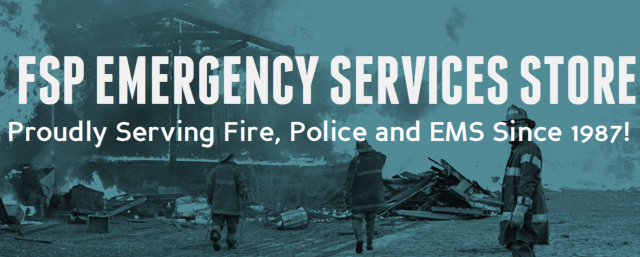- Home
- Books
- New!
- Firefighting
- Training
- Technical
- Arson
- Building Construction
- Chief Officer / Fire Officer III & IV
- Company Officer / Fire Officer I & II
- Exam Prep and Assessment Centers
- FDNY
- Firefighter I & II
- Hazardous Materials
- Incident Command / NIMS
- Management
- Prevention and Protection
- Pumping Apparatus and Hydraulics
- Reference
- Rescue
- Rural and Volunteer Firefighting
- Safety
- Structural Firefighting
- Suppression
- Terrorism
- Wildland Firefighting
- For Aspiring Firefighters
- Apparatus
- Fire Stations
- Police
- EMS
- Military
- Apparatus and Vehicles
- Biographies and Memoirs
- Disasters
- Health and Fitness
- History
- Human Interest
- Leadership
- Public Education
- Field and Pocket Guides
- WNYF
- By Region
- Audio
- Children's
- Calendars
- DVDs
- Clothing
- Gifts
- Software
- Exams

